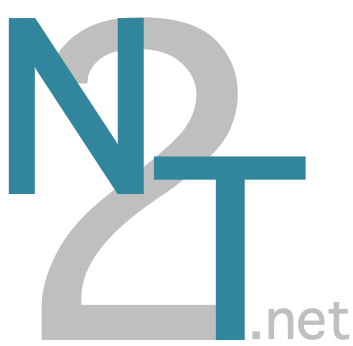CATH is a classification of protein structural domains. We group protein domains into superfamilies when there is sufficient evidence they have diverged from a common ancestor. CATH can be used to predict structural and functional information directly from protein sequence.
- Prefix
cath- Keywords
- biology classification evolutionary biology protein structure
- Links
- Homepage
- Publications
- 1997 CATH--a hierarchic classification of protein domain structures
- 2024 CATH v4.4: major expansion of CATH by experimental and predicted structural data
- 2021 CATH: increased structural coverage of functional space
- 2019 CATH: expanding the horizons of structure-based functional annotations for genome sequences
- 2018 Gene3D: Extensive prediction of globular domains in proteins
- 2016 CATH: an expanded resource to predict protein function through structure and sequence
- 2016 Functional classification of CATH superfamilies: a domain-based approach for protein function annotation
- 2015 The history of the CATH structural classification of protein domains
- 2014 CATH: comprehensive structural and functional annotations for genome sequences
- 2002 The CATH protein family database: a resource for structural and functional annotation of genomes
Identifier Standards
- Pattern for Local Unique Identifiers
-
Local identifiers in CATH Protein Structural Domain Superfamily should match this regular expression:
^[1-6]\.[0-9]+\.[0-9]+\.[0-9]+$ - Example Local Unique Identifier
- 1.10.8.10 Resolve
- Pattern for CURIES
-
Compact URIs (CURIEs) constructed from CATH Protein Structural Domain Superfamily should match this regular expression:
^cath:[1-6]\.[0-9]+\.[0-9]+\.[0-9]+$ - Example CURIE
- cath:1.10.8.10
Contacts
- Contact
- Christine Orengo 0000-0002-7141-8936
Ontology
A summary of the relations in the Bioregistry schema can be found here.
-
Has Parts (
bfo:0000051) - cath.superfamily
- In Collection
- Synapse.org external links
Metaregistry CATH Protein Structural Domain Superfamily
The metaregistry provides mappings between the Bioregistry and other registries. There are 8 mappings to external registries for this resource with 5 unique external prefixes.
| Registry Name | Registry Metaprefix | External Prefix | Curate |
|---|---|---|---|
| BioContext | biocontext |
CATH
|
|
|
EDAM
|
edam |
2700
|
|
FAIRSharing

|
fairsharing |
FAIRsharing.xgcyyn
|
|
Integbio

|
integbio |
nbdc01888
|
|
Identifiers.org

|
miriam |
cath
|
|
N2T

|
n2t |
cath
|
|
|
Prefix Commons
|
prefixcommons |
cath
|
|
re3data

|
re3data |
r3d100012629
|
Providers
A provider turns a local unique identifiers from a resource into a URI. Many providers are also resolvable as URLs (i.e., they can be used in a web browser).
The local unique identifier 1.10.8.10 is used to demonstrate the providers
available for CATH Protein Structural Domain Superfamily. Some providers may use a different example, which is displayed in the table below.
A guide for curating additional providers can be found
here.
Extra Providers
Additional providers curated in the Bioregistry are listed here. These are typically inherited from Identifiers.org or Prefix Commons, and need extra curation.
| Code | Name | URL |
|---|---|---|
bio2rdf |
Bio2RDF | http://bio2rdf.org/cath:1.10.8.10 |